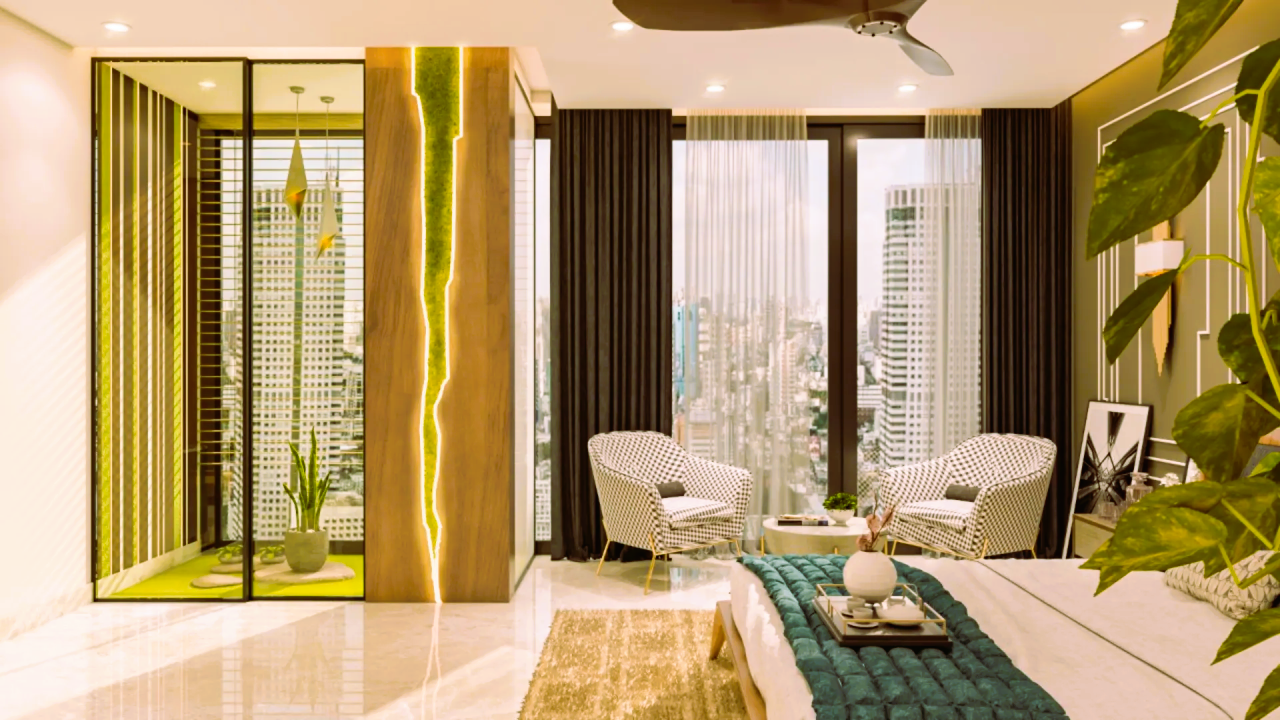Design is a universal language that transcends borders, cultures, and time periods. Throughout history, civilizations around the world have developed unique design styles and aesthetics, influenced by their cultural heritage, environment, and values. In this article, we’ll embark on a journey across continents to explore the rich tapestry of cultural design inspirations that have shaped the world of art, architecture, and interior design.
1. Asian Design Aesthetics
Asia boasts a rich and diverse design heritage, encompassing a myriad of styles influenced by ancient philosophies, traditions, and craftsmanship. From the intricate patterns of Islamic art to the Zen simplicity of Japanese design, Asian aesthetics emphasize harmony, balance, and a deep connection to nature. Traditional materials such as wood, bamboo, and silk are often used to create elegant and timeless spaces that evoke a sense of serenity and tranquility.
2. European Elegance
Europe has long been synonymous with sophistication and refinement in design. From the grandeur of Baroque and Rococo architecture to the clean lines of Scandinavian minimalism, European design encompasses a wide spectrum of styles and influences. Each region has its own distinct aesthetic, characterized by a rich history of craftsmanship, cultural heritage, and artistic movements. Whether it’s the ornate detailing of French Rococo furniture or the sleek simplicity of Italian modernism, European design continues to inspire and captivate designers around the world.
3. African Heritage
The design traditions of Africa are as diverse and vibrant as the continent itself. From the geometric patterns of West African textiles to the organic forms of Ethiopian pottery, African design celebrates the richness of its cultural heritage and natural environment. Traditional materials such as mudcloth, leather, and woven grasses are often used to create strikingly beautiful and functional objects that reflect the values and beliefs of local communities. Today, African design is gaining recognition on the global stage for its creativity, innovation, and commitment to sustainability.

4. Indigenous Wisdom
Indigenous cultures around the world have a deep reverence for the natural world and a profound understanding of the interconnectedness of all living things. Their design traditions reflect this holistic worldview, incorporating symbols, motifs, and materials that are deeply rooted in their cultural heritage. From the intricate beadwork of Native American tribes to the vibrant textiles of the Maori people, indigenous design is a testament to the resilience, creativity, and wisdom of marginalized communities. By honoring and preserving these traditions, designers can learn valuable lessons about sustainability, craftsmanship, and cultural identity. Did you like the article? Read also about the Art Deco Renaissance.
5. Middle Eastern Opulence
The Middle East is renowned for its opulent and luxurious design aesthetic, characterized by intricate patterns, lush textiles, and ornate embellishments. From the majestic domes and minarets of Islamic architecture to the sumptuous interiors of Persian palaces, Middle Eastern design exudes a sense of grandeur and extravagance. Rich colors such as deep blues, vibrant reds, and shimmering golds are often used to create a sense of warmth and richness, while intricate geometric patterns symbolize unity, infinity, and the divine.
Conclusion
The world of design is a vibrant tapestry woven from the threads of countless cultures, traditions, and influences. By embracing the diverse heritage of global design inspirations, designers can create spaces that are not only visually stunning but also meaningful and culturally resonant. Whether drawing inspiration from the serene landscapes of Asia, the elegant sophistication of Europe, or the vibrant traditions of Africa and the Americas, the possibilities for cross-cultural exchange and creativity are endless.
For further exploration of cultural design inspirations and principles, you can visit the Canada.ca’s website.




